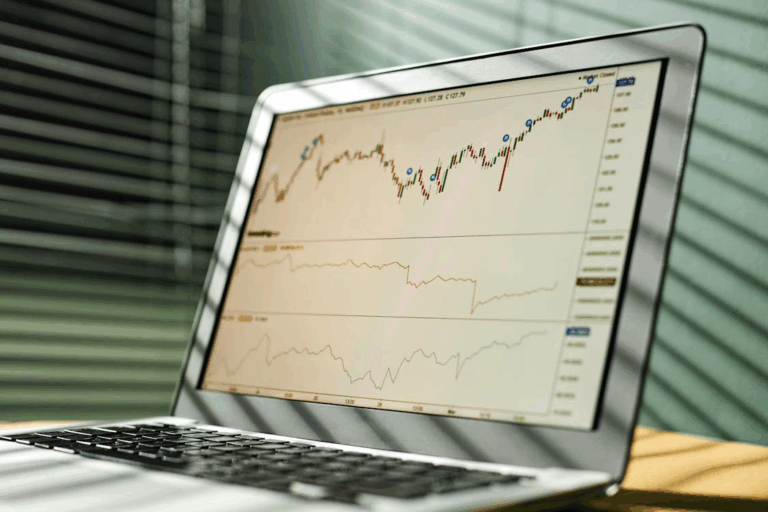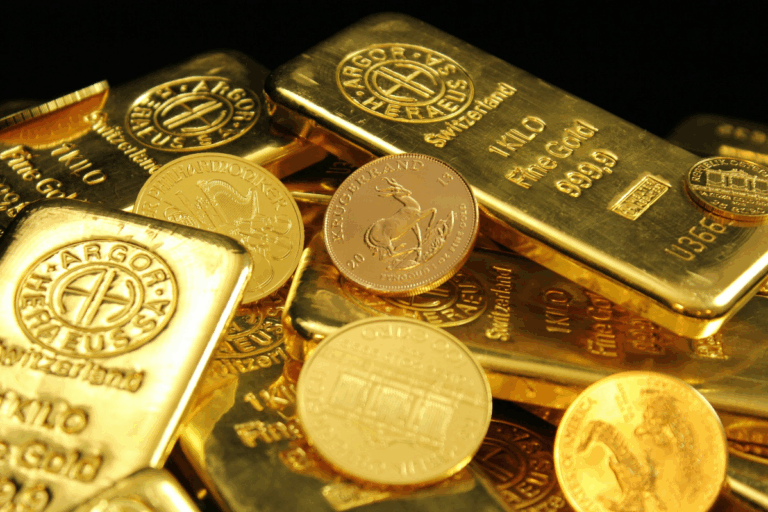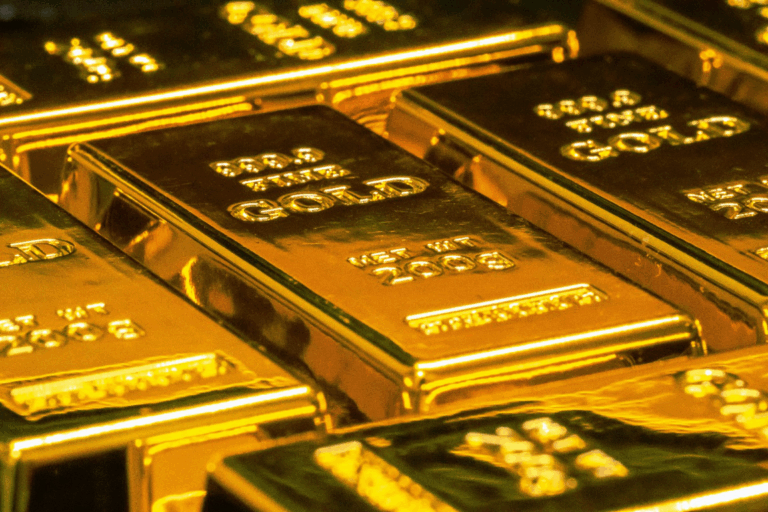The market was optimistic shortly following the U.S. presidential election in November of 2016. Stock values rose, leaving gold in decline. However, gold has seen a rather significant rally in the last eight weeks as market optimism began to fade.
Despite the recent inauguration of President Donald Trump, many investors are unclear about what changes will actually be made and how those changes will affect the market. Several executive orders have been signed already but their implications remain undefined.
Impact of Executive Orders
These executive orders include building the southern wall between the U.S. and Mexico, withdrawal from the Trans-Pacific Partnership and a federal agency hiring freeze. Each of these policy changes, if not vetoed, could greatly change the U.S. economy and how we interact with countries for international trade.
As the Lunar New Year celebration kicks off in China tomorrow, Jan. 27, 2017, the gold market has braced for a dip next week as their investing activities close down for the holiday. Gold has already seen about a six percent decline since the 2016 elections in the U.S., but still remains 8 percent higher than this time last year.
Gold prices are beginning to settle into a rhythm for 2017 and could continue to rise in price if historical first quarter data remains a reliable indication of performance. If supply chains remain undisturbed by geopolitics then the future of gold has a chance for success. Of course, if the dollar rises, interest rates increase or international trade policy changes, the gold market could be in for a shock.
Market Sensitive to Several Factors
The future of the gold market is complex — we can all agree on that. Both bullish and bearish investors and analysts follow political changes, economic shifts and current events carefully. Even the smallest indication of change can spur the market to value or dump the precious metal.
Going into this year, the market was totally unsure of what the U.S. economy was in for. Now that all of the newly elected officials are in place, the Federal Reserve has loosely defined important fiscal policies and market emotions are leveling out, the market will be able to have a more realistic gauge of where gold is headed.
Several European countries will hold elections soon and could follow the U.S. decision to elect a more populist leader. Protectionism could lead to radical changes in trade across the world. This may involve limited gold supply increasing demand and price or the boosting of national economies that limit the need for safe-haven gold.







